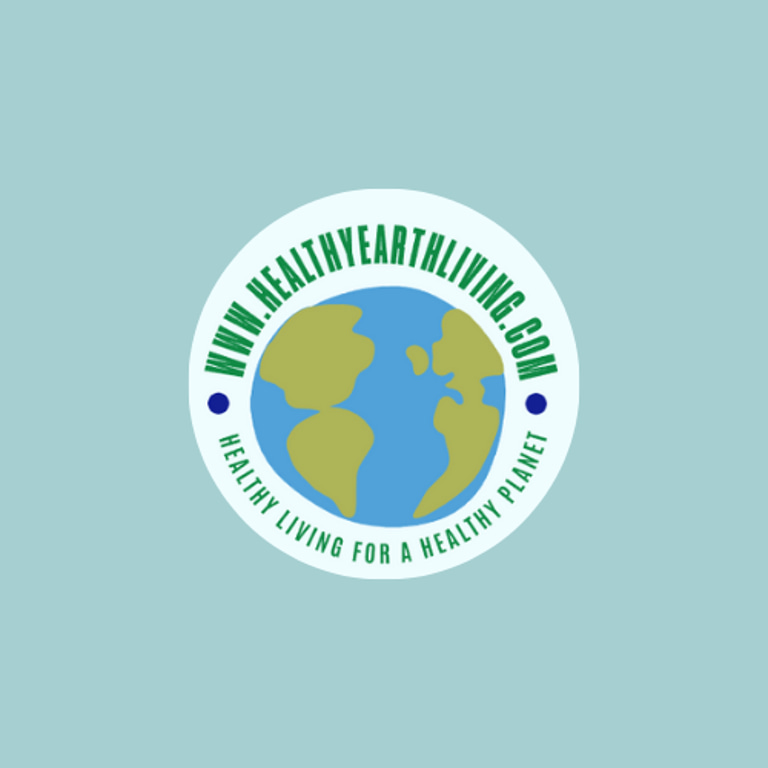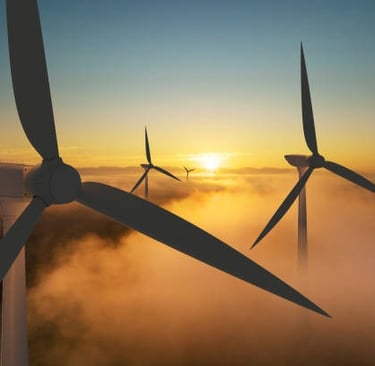Harnessing the Invisible Giant
Janelle Salo RN
11/9/20258 min read
Key Points:
Wind energy is clean, renewable, and endlessly available, offering a powerful solution to reduce carbon emissions and combat climate change.
Innovations in turbine design, battery storage, and smart grids are making wind power more efficient and reliable than ever before.
Supporting wind energy through green programs, advocacy, and conscious choices helps build a healthier, more sustainable future for people and the planet.
Why wind energy could be the key to a cleaner, more sustainable planet
Meeting the Invisible Giant
You can’t see the wind, but you can feel its power everywhere, in the bend of tall grass, the sway of trees, and the shifting patterns of sand along a beach. It sculpts mountains, shapes coastlines, and sends ocean waves racing toward the shore. This invisible force has been moving the world long before we learned how to capture its energy.
For centuries, humans have relied on the wind as a quiet partner in progress. Long before electricity, it filled the sails of ships that crossed oceans and turned the blades of windmills that ground grain into flour. Harnessing the wind’s strength isn’t new; we’re just finding smarter, cleaner ways to do it today.
Today, wind has taken on a whole new role, powering our homes, cities, and industries without polluting the planet. Modern wind turbines transform a natural, endless resource into clean electricity that keeps lights on and devices running. (1) As technology improves, the potential for wind energy to power the world grows stronger every day.
Wind energy isn’t just about spinning blades or high-tech turbines; it’s about working with nature, not against it. By capturing the wind’s natural strength, we’re creating a cleaner, more balanced way to power our lives. It’s a partnership that reminds us sustainability begins when we move in harmony with the planet.
The Science Behind the Spin
Wind begins with the sun. As sunlight warms the Earth unevenly, some areas heat up faster than others, creating differences in air pressure. (2) Air naturally moves from high-pressure to low-pressure zones, setting the atmosphere in motion and that movement is what we feel as wind.
When the wind blows, it pushes against the blades of a turbine, causing them to spin. That spinning motion turns a shaft connected to a generator, which converts the wind’s kinetic energy into electricity. (3) It’s a simple yet powerful process, nature’s motion transformed into clean, usable power.
Wind power comes in a few different forms. Onshore turbines are the ones you often see across open fields or hilltops, capturing strong land breezes.(4) Offshore turbines stand in the ocean, where winds are steadier and stronger, generating massive amounts of energy. (5) For individuals, small-scale residential turbines can power homes or farms, bringing clean energy directly to your backyard.
Here’s a fun fact: a single modern wind turbine can generate enough electricity to power more than 1,500 homes each year. Even better, it does this without burning a single ounce of fossil fuel, just the clean, endless motion of the wind!
Why Wind Energy Matters Now
Our planet is sending clear warning signs: rising temperatures, stronger storms, and shrinking ice caps, all linked to our dependence on fossil fuels. These energy sources may have powered the past, but they’re polluting our future. Transitioning to clean, renewable options like wind energy isn’t just smart, it’s essential for a livable planet.
Wind power plays a huge role in reducing greenhouse gas emissions by replacing energy from coal, oil, and natural gas.(6) Every kilowatt of wind-generated electricity means less carbon released into the atmosphere. It’s one of the simplest, most effective ways to keep the lights on while keeping the planet cool.
Wind energy doesn’t just help the planet, it boosts the economy too. It creates thousands of jobs in manufacturing, installation, and maintenance, while bringing new income to rural communities where turbines are often built. (7) Local investments in wind projects can strengthen economies, support farmers, and breathe new life into small towns.
Wind power is now one of the most affordable sources of electricity in the world. Thanks to improved technology and larger, more efficient turbines, the cost of wind energy has dropped dramatically in the past decade. (8) In many places, it’s now cheaper to build a wind farm than to open a new coal or gas plant, a win for both the planet and your wallet!


Challenges on the Horizon
Like any energy source, wind power comes with its challenges. The wind doesn’t always blow, which makes intermittency a concern; however, advances in energy storage are helping to store extra power for calm days. Another hurdle is grid integration, or making sure wind energy flows smoothly into existing power systems, but smarter grids and better planning are quickly solving that too.
There are plenty of myths about wind energy, but most don’t hold up to the facts. Modern turbines are much quieter than older models; the sound is often no louder than a household refrigerator. Concerns about bird impacts have also been reduced through smarter designs and better placement.
While wind turbines do cause some bird deaths, they’re actually far from the top of the list. Here are the top five leading causes of bird deaths (especially in North America), according to major studies from sources like the U.S. Fish and Wildlife Service and the Smithsonian:
Cats (especially outdoor and feral cats)
Estimated deaths: Over 2.4 billion birds per year in the U.S. alone.
Building and Window Collisions
Estimated deaths: Around 600 million birds per year.
Vehicle Collisions
Estimated deaths: Roughly 200 million birds per year.
Birds are hit by cars, trucks, and trains, particularly near roadsides and open fields.
Power Lines and Electrocution
Estimated deaths: Around 25–60 million birds per year.
Birds may collide with power lines or be electrocuted when perching on poorly designed poles.
Pesticides and Pollution
Estimated deaths: Tens of millions each year.
Chemical exposure, habitat loss, and contaminated food sources weaken bird populations and ecosystems over time.
The Poultry Industry (Intentional Bird Deaths)
Estimated deaths: Over 70 billion birds globally each year, mostly chickens, ducks, and turkeys.(9)
These birds are raised and slaughtered for meat and eggs under industrial farming systems.
While not usually counted in “wild bird mortality” studies, the poultry industry is by far the largest cause of bird deaths on Earth when all species are included.
By comparison:
Wind turbines account for fewer than 500,000 bird deaths per year in the U.S., a tiny fraction compared to the top 6 causes above. (10)
And when it comes to appearance, many see wind farms as graceful symbols of progress toward a cleaner future.
Innovations in wind technology are moving fast and tackling challenges head-on. Smarter grids can now balance energy from multiple renewable sources, keeping power steady even when the wind slows. New turbine designs are taller, lighter, and more efficient, capturing energy from gentler breezes. And with advances in battery storage, we can save excess energy for when it’s needed most, making wind power more reliable than ever.
The Global Shift Toward Wind
Some of the best examples of wind power success come from around the world. Denmark leads the way, generating nearly half of its electricity from wind, proof that a small country can make a big impact.(11) The UK is investing heavily in offshore wind farms that now power millions of homes. (12) And across the U.S. wind corridors in states like Texas, Iowa, and Oklahoma, wide-open spaces are turning into clean-energy powerhouses.(13)
Offshore wind is quickly becoming one of the most powerful sources of renewable energy on the planet. Turbines placed miles out at sea capture stronger, steadier winds that can generate massive amounts of electricity. With this kind of potential, entire coastal cities could one day be powered entirely by the energy of the ocean breeze.
Many developing nations are using wind power to leapfrog over fossil fuel dependency. Kenya, for example, built the Lake Turkana Wind Power Project, the largest in Africa, which supplies nearly 20% of the country’s electricity.(14) In India, vast wind farms in Tamil Nadu and Gujarat are helping meet the growing energy demand without adding more carbon to the air. (15) Even Brazil has become a renewable leader, with wind providing a major share of its clean energy mix. (16) These countries are proving that clean power isn’t just for wealthy nations, it’s the future for everyone.
How Individuals Can Support the Wind Revolution
One of the easiest ways to support wind power is by choosing a green energy program through your local utility company. Many offer the option to buy electricity generated from renewable sources like wind and solar for just a few extra cents a month. It’s a simple switch that helps increase demand for clean energy and sends a powerful message that sustainability matters.
Your voice matters more than you think. By speaking up for renewable energy policies, you help push for laws and incentives that make clean power more accessible and affordable. Whether it’s writing to local leaders, voting for pro-environment initiatives, or supporting community projects, every action helps build momentum toward a sustainable future.
Another way to make an impact is by supporting companies that invest in clean energy. Big names like IKEA are already running much of their operations on 100% renewable energy, including wind power.(17) On a smaller scale, many local breweries, farms, and hotels are turning to community wind projects to offset their energy use. When you buy from these businesses, you’re helping reward and grow the clean energy movement.
Living in harmony with renewable energy starts with small, everyday choices.
Use energy-efficient appliances
Unplug electronics when they’re not in use
Switch to LED bulbs to cut waste.
Walking, biking, or carpooling also reduces your carbon footprint
And when you pair those habits with clean energy choices, you’re helping build a truly sustainable lifestyle.

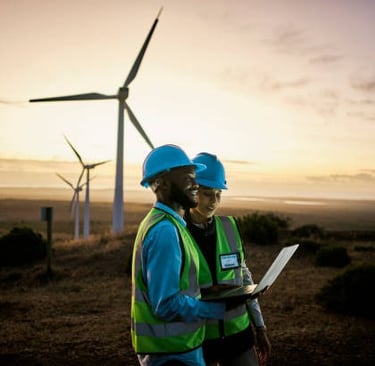

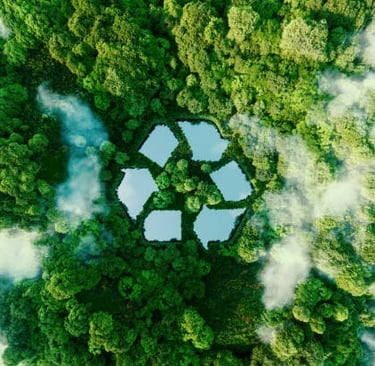



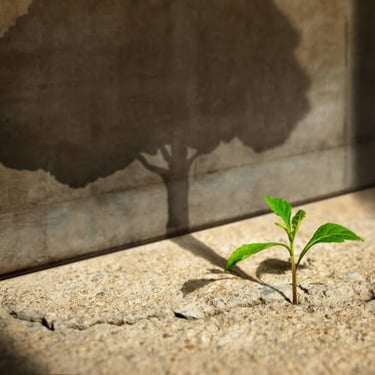
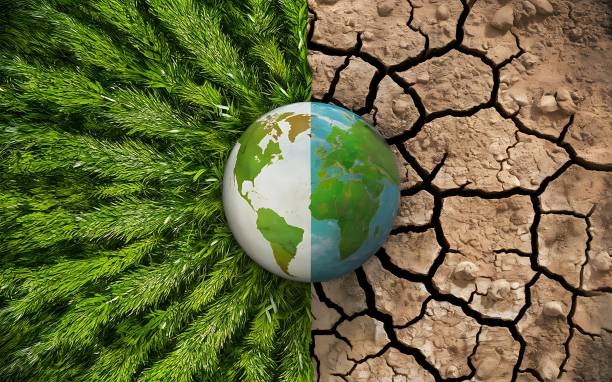



A Breath of Hope
The beauty of wind power is that it never runs out! The same breezes that cool our summers and stir the seas can also keep our lights on, all without harming the planet! It’s a natural, endless source of energy that reminds us that the solutions we need have been swirling around us all along.
Harnessing the wind is more than a technological achievement; it’s a symbol of working in rhythm with the Earth. When we capture its energy gently and responsibly, we honor the balance of nature instead of disrupting it. Wind power shows that true progress happens when innovation and the planet move together in harmony.
The invisible giant has always been there, whispering across fields and waves, offering its strength freely. Now, it’s our turn to listen and to use that power wisely. When we choose to harness the wind with care and respect, we’re not just generating energy; we’re building a future powered by nature, guided by wisdom, and sustained by hope.
If this article inspired you, please share it with friends, family, or on social media. Every share helps spread awareness about Healthy Earth Living and the power of clean energy. The more people who join the movement, the stronger our impact becomes. And if you haven’t already, be sure to subscribe to the Healthy Earth Living newsletter for more tips, stories, and simple ways to live sustainably, all while supporting a healthier planet!
© 2025 Salo Content Writing LLC, all rights reserved
Join the Movement for a Healthier Planet! 🌿
Subscribe now and get your FREE Sustainable Living Checklist! Plus, enjoy weekly articles and delicious plant-based recipes straight to your inbox. Let’s make sustainable living simple and inspiring, one email at a time! 💚✨
